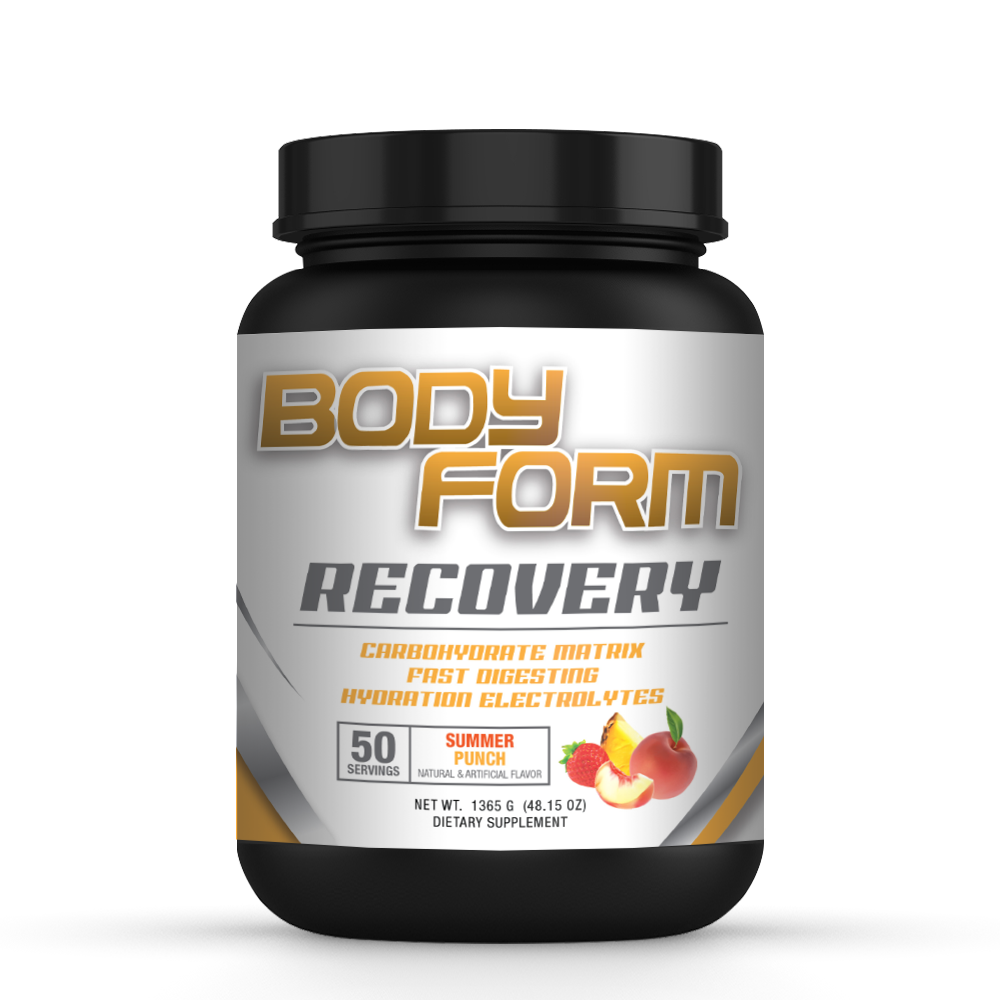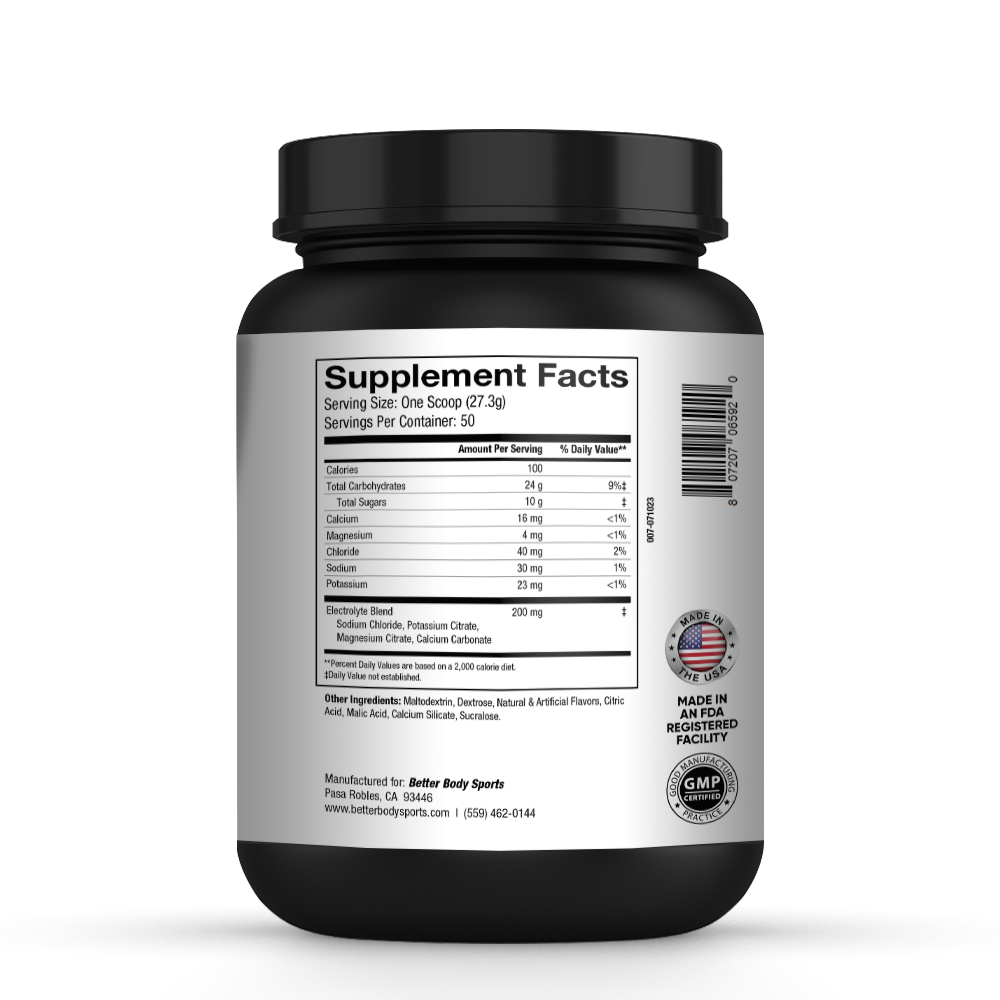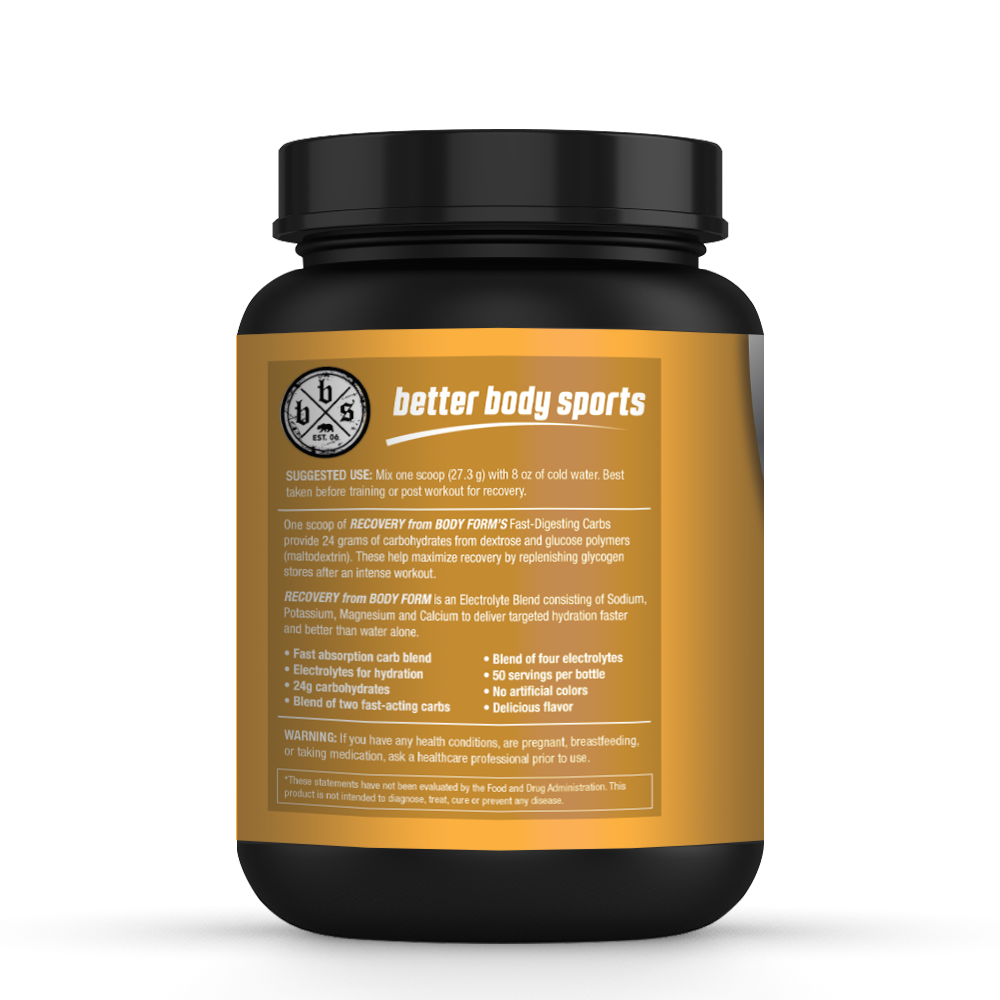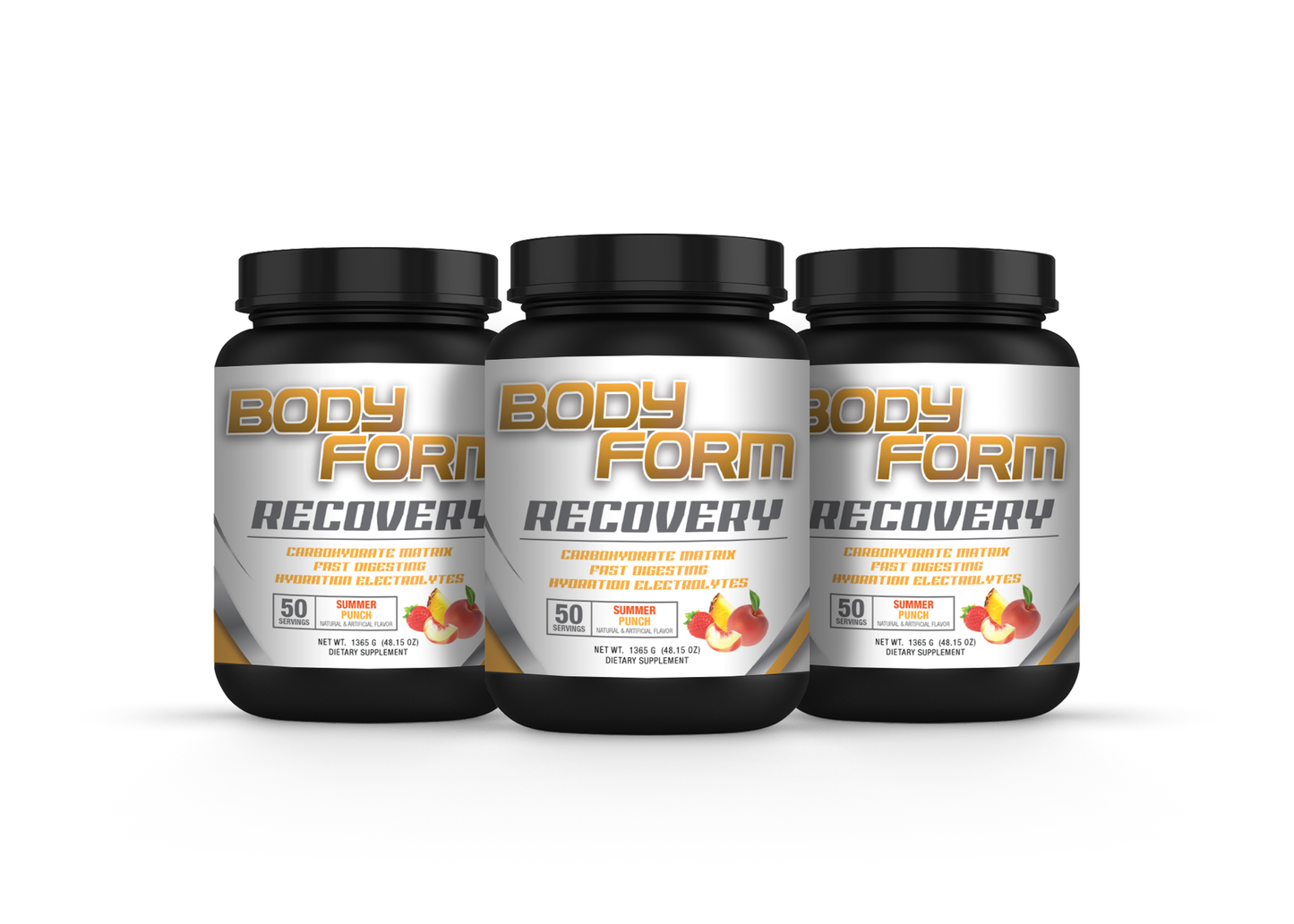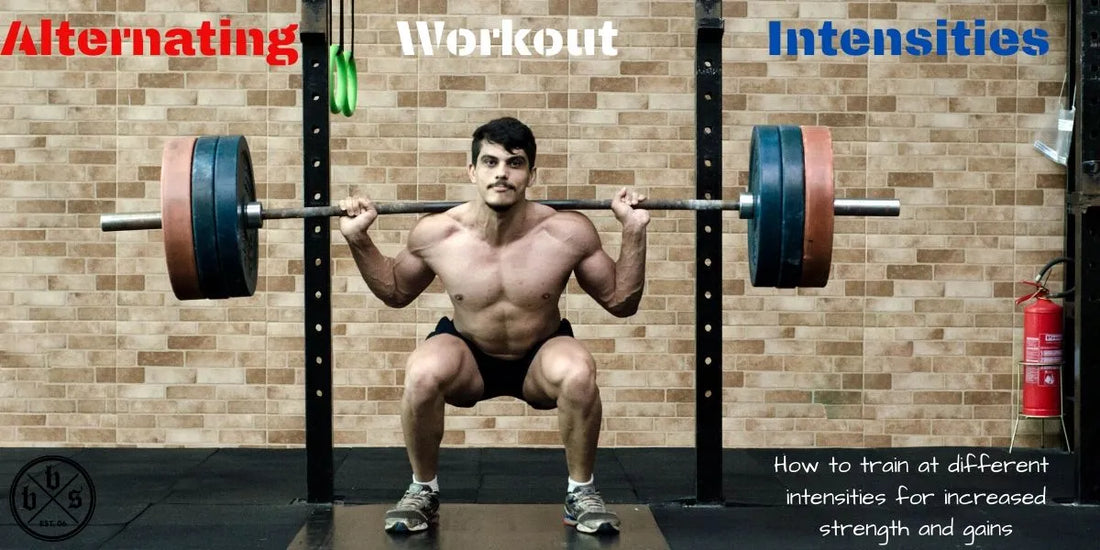
Alternating Workout Intensities
Share
Ever met someone always on edge and flat out too intense? It’s as if they are hooked up to an IV drip of stimulants they carry around with them. If you could choose your response without repercussions, you might say, “Listen, you need to chill out already!”
Usually fitness is the analogy for life, but this time it is the other way around. Sometimes, I feel the need to go up to people in the gym and say this same thing. “Chill out before an injury (the most obvious) or a plateau (less obvious) causes you to quit the gym.” Their intensity will be their downfall.
High-Intensity is Not the Only Way
While some people carry this personality type, most believe that high-intensity is the key to fat loss and muscle gain. We believe that if we are not “crushing it” in the gym full-time, that we won’t change. While there is a time and a place for high-intensity, it isn’t the 5 to 6 days per week, for an hour at a time, that many seem to follow.
With that said, getting your heart rate up daily is important. However, burning 700 calories and maintaining your target heart rate for an hour is not. This unnecessary daily demand placed on your body can put you at risk for injury. Also, it eats up all of your allocated fitness time. We need a better strategy…
A Better Strategy for Workout Programs
We can divide intensity into 4 parts: high, moderate, low, and almost no intensity. We understand the importance of high intensity, but we miss the value of the others. Let me define them in a way that I hope you can understand.
High: Heart rate and muscle exhaustion reaching your mental limitations. Yes, you can push harder, but at some point your mind will stop you. This depends on the individual.
Moderate: Think of this as cruising in your car at a decent pace. You are not pedal to the metal but you are not pumping the brakes either.
Low: At this intensity, you are being careful not to let your speed go up. You are using the brakes to ensure that you maintain a slow pace of intensity.
Almost no: Our physical bodies never shut off but can sit idle. Just a car burns gas in idle, our bodies burn energy (calories). Yes, we need these types of days infrequently.
Continuing with the car analogy, look at the following chart. This picture shows the increased risk of injury based on the speed of the car. Sadly, I could only find charts from the UK. In the US, we are more interested in speed than reducing risk. Not sure I find that shocking.
The Benefits of Varying Intensities
Incorporating alternative intensities should be scheduled in your weekly plan. From a physical standpoint it allows us to recuperate while still increasing caloric expenditure above our resting rate. From a mental perspective it prevents burn-out and makes you excited to push yourself when the opportunity presents itself.
Below is an example of a weekly plan that incorporates different intensity levels.
Monday: High – Compound lifts taken to absolute failure
Tuesday: Low – 30-minute walk and gentle stretching
Wednesday: Moderate – Practicing compound lifts followed by several muscle isolation exercises taken to 80% of failure
Thursday: Low – 30-minute walk and gentle stretching
Friday: High – Interval workout with heavy weights with minimal rest between sets
Saturday: Low – 30-minute walk and gentle stretching
Sunday: Almost No – Housework, gardening, chasing kids, etc.
To the person who is going full-speed seven days per week, this workout schedule looks too easy. To the person who isn’t yet working out, this workout schedule looks too good to be true. While this workout schedule is not perfect for everyone, it is realistic and applicable by all.
I Get it…But Does it Work?
Since everyone is thinking about the elephant in the room, let me respond. We can achieve what results through alternating intensity exercise? For the answer read Tim Ferriss’s blog post “Geek to Freak” which originated in his book 4-Hour Body. If you want to learn the deep science of the subject with even fewer workouts, read Body By Science.
Don’t forget to Go Low
These programs do not advocate low-intensity days but focus on brief workouts with many “almost no” days. While more days off sounds great, there is a point to moderate and low-intensity. These days where movement is performed, without full exhaustion, help to improve circulation. Improved circulation (or blood flow) brings nutrients into the damaged muscles. These nutrients improve recovery time, so we repair to the point of lifting more weight, more repetitions, or lift in a faster amount of time. This is called the overload principle.
Low intensity is also important to help improve our mood, sleep, and release BDNF (brain derived neuro-tropic factor). We know about mood and sleep but BDNF will improve cognitive function and prevent decline as we age. I find this important. Sometimes in fitness, we need to look outside of muscle and fat, paying attention to the other benefits.
Intensity Levels Are Personal
Everyone’s definition of moderate and low-intensity is different as we are at our own fitness level. A 30-minute walk might be right for one person, but the next may see a 1-mile jog as low-intensity. You will need to define your own version of this but error on the side of less. Your mind will try to make you think more or harder is better, which is simply not true.
Give alternating intensities a try to see how it works for you. If it does not work out, you can always return to the daily “crushing” of high-intensity workouts. While you are unnecessarily exhausting yourself, the rest of us will be chilling out and enjoying the fitness journey.


